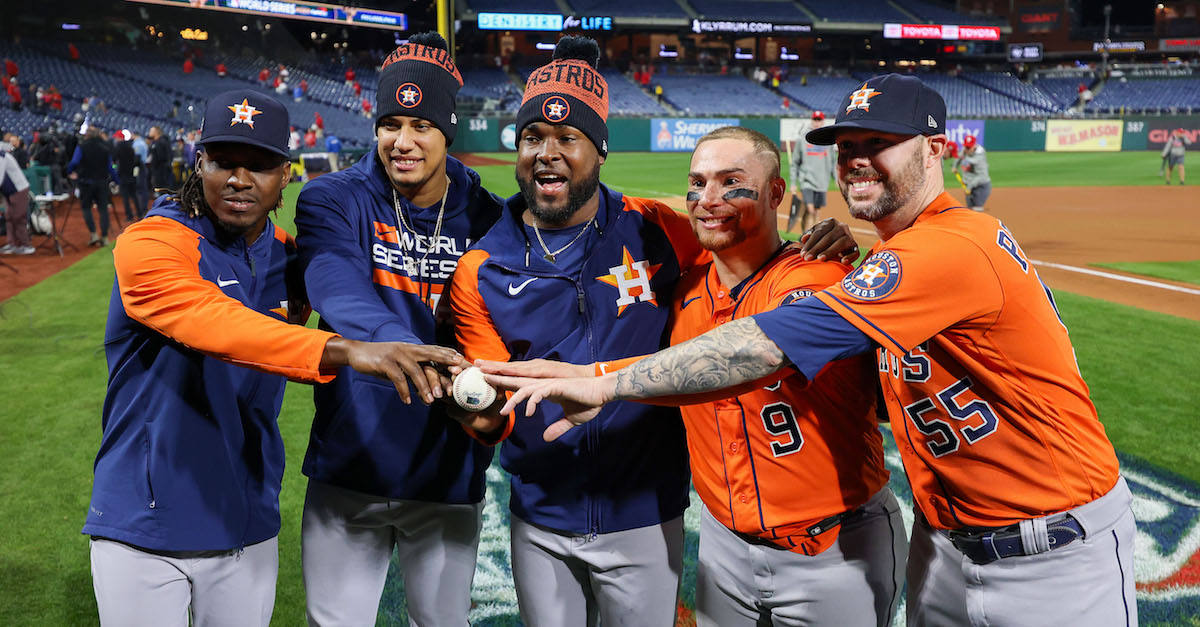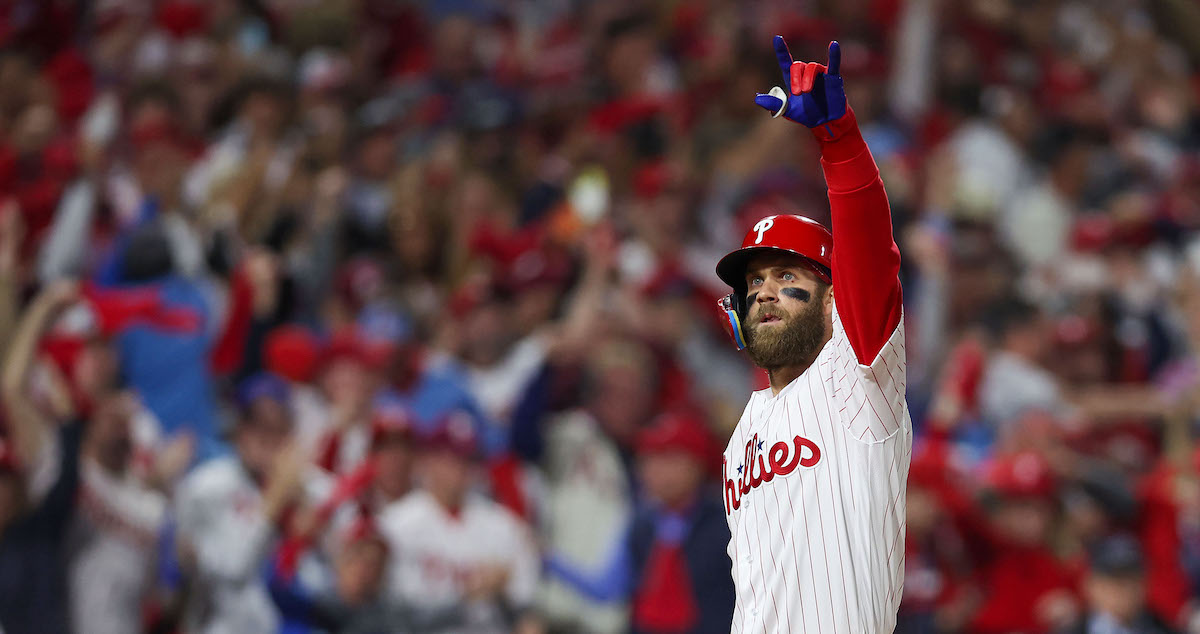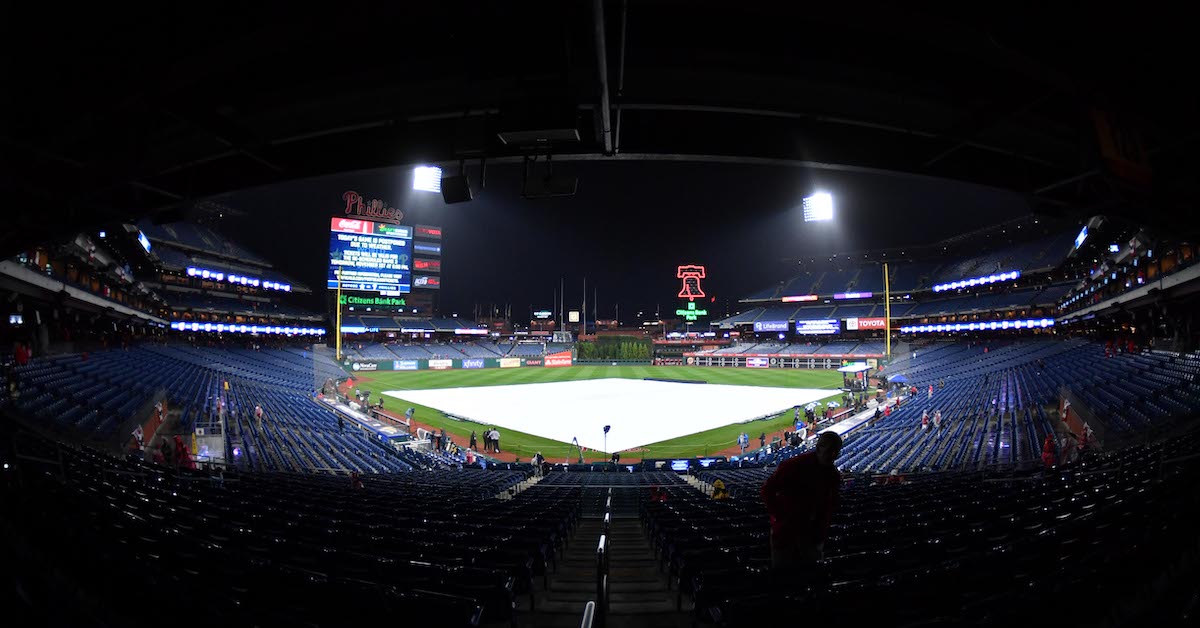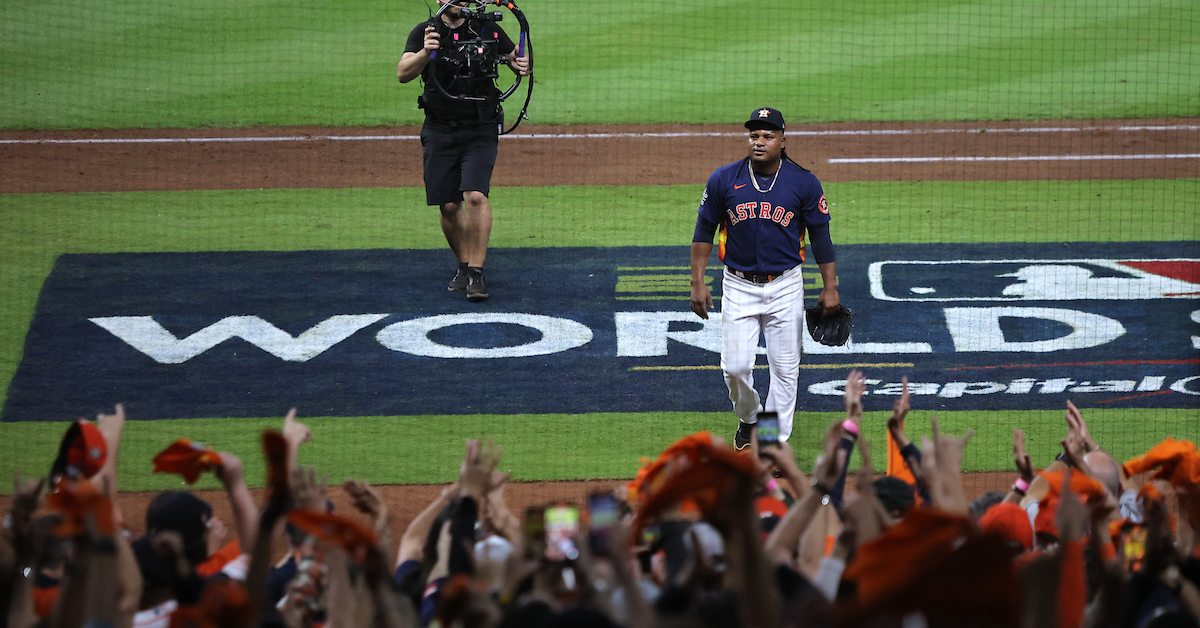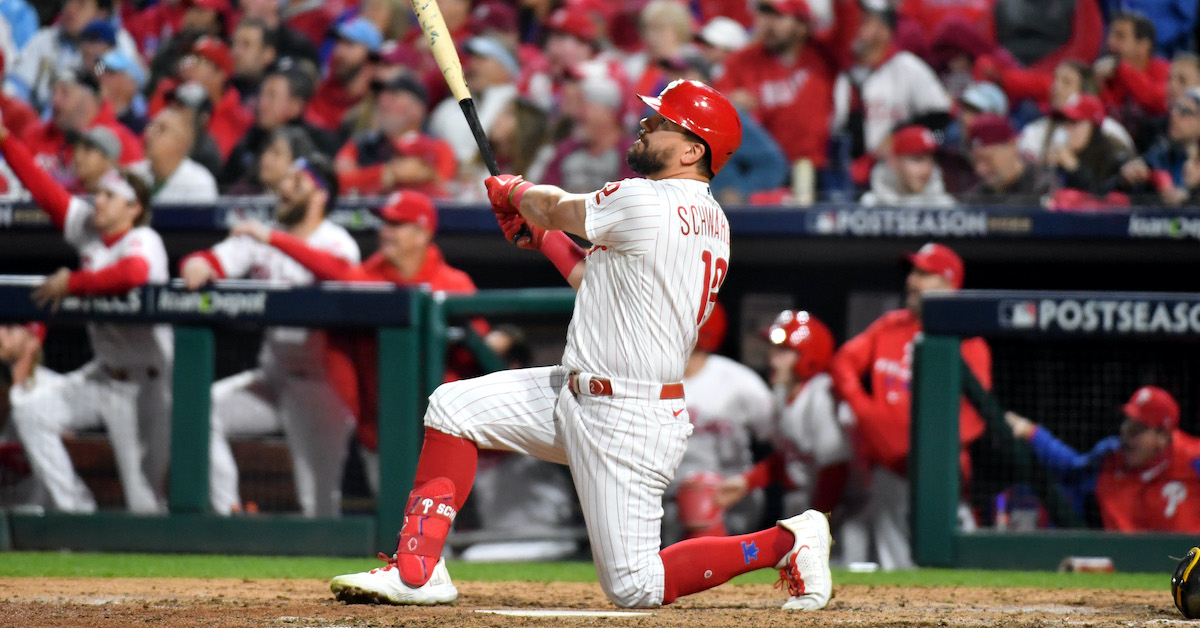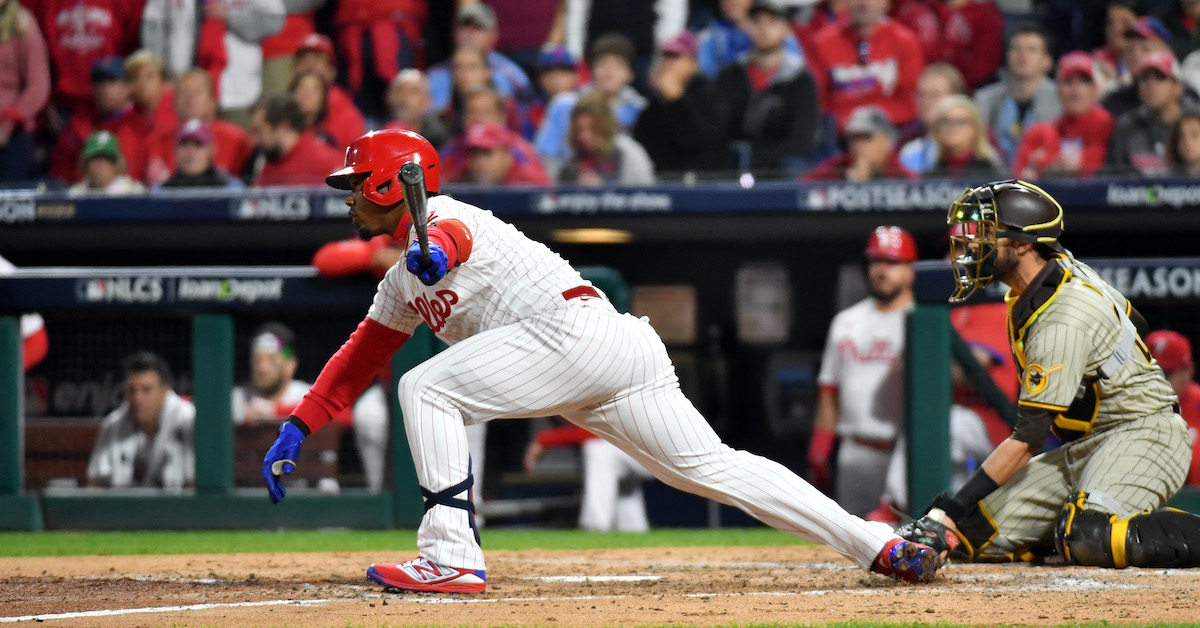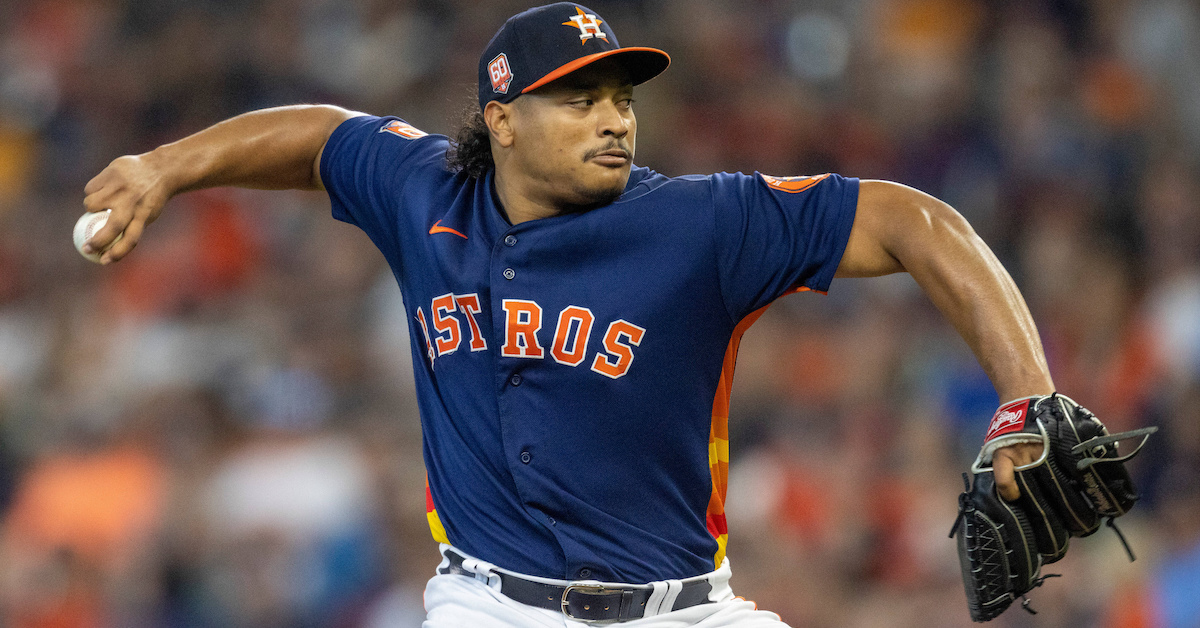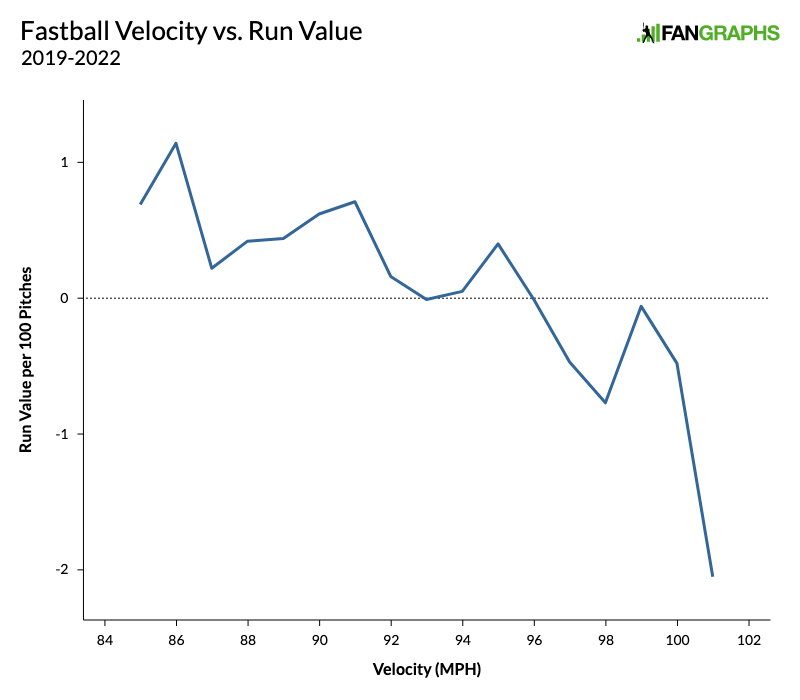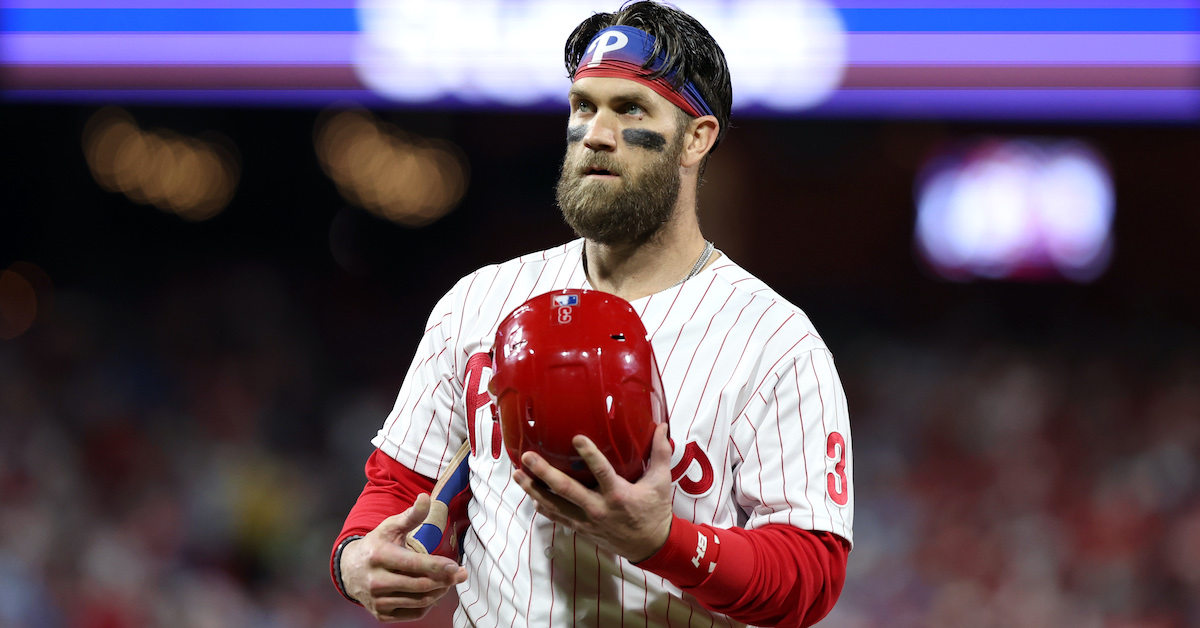No-Hitters Are Great, but the Long Ball Still Wins in October

Baseball is a funny game, a remarkable and even ridiculous one for the way it can produce such radically different games on consecutive nights as in Games 3 and 4 of this year’s World Series. On Tuesday, Bryce Harper and friends hit five home runs at the expense of Lance McCullers Jr., accounting for all of the runs in the Phillies’ 7-0 romp. On Wednesday, Cristian Javier and three Astros relievers produced the first combined no-hitter in postseason history while winning 5-0, with all five runs coming within a seven-batter span in the fifth inning. From talk about how devastated the Astros might be and the possibility of the Phillies closing things out at home, the conversation turns to whether the Phillies can bounce back before the series, now knotted at two games apiece, shifts back to Houston.
Combined or not, the no-hitter is The Big Story, and rightly so, as it’s just the second of any kind in World Series history after Don Larsen‘s 1956 perfect game, and the third in postseason history, with Roy Halladay’s 2010 Division Series no-hitter the other. Halladay did so for the Phillies, at Citizens Bank Park, against the Dusty Baker-managed Reds, by the way. Of course there’s the fact that Javier, the majors’ toughest pitcher to hit in terms of both batting average (.169) and BABIP (.228) among those with at least 140 innings pitched, had already done the heavy lifting in a combined no-hitter on June 25 of this year against the Yankees.
What you might not have noticed about Wednesday’s game was that the Astros won without the benefit of a home run, a feat that hadn’t happened since October 15, when the Guardians and Padres both won Division Series contests (Game 3 for the AL, Game 4 for the NL) while keeping the ball in the park. Read the rest of this entry »
